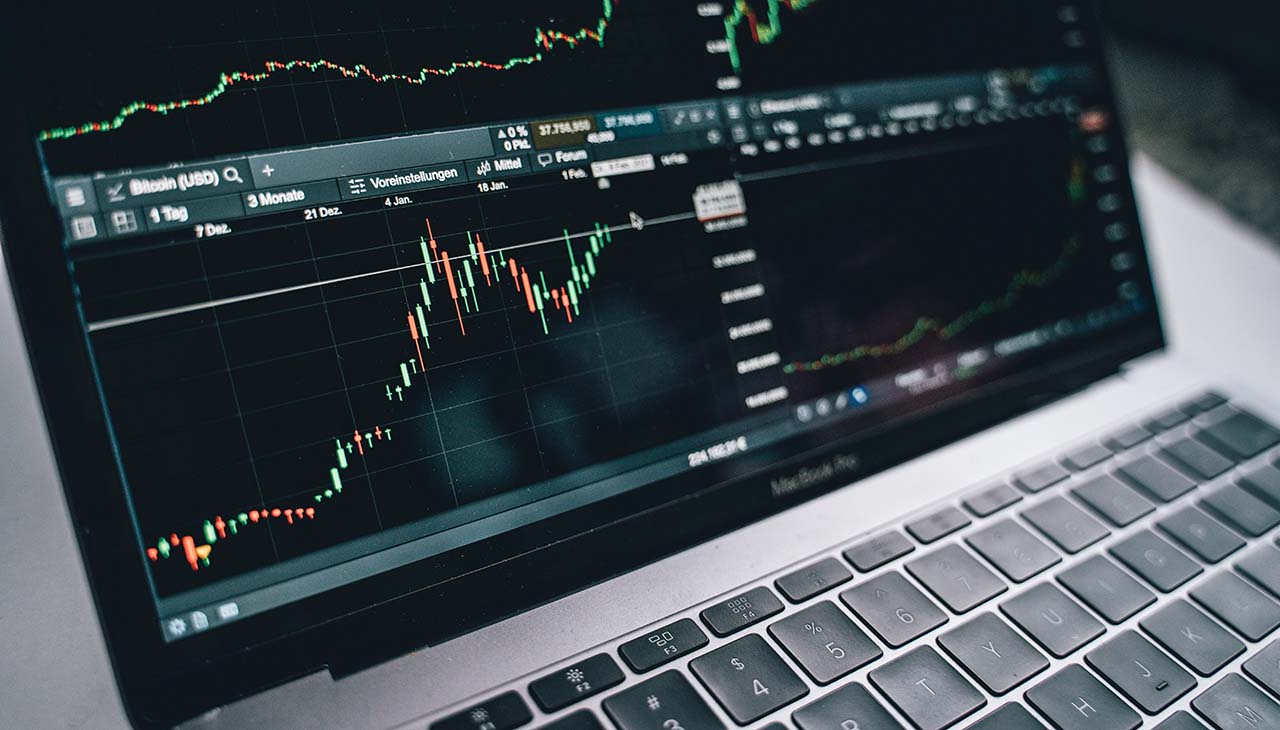Forex trading leverage can be a powerful tool for maximizing profits, but it also comes with risks. Understanding how leverage works and how to use it effectively is crucial for successful forex trading. In this guide, we’ll explore the risks and rewards of using leverage in forex trading, and provide tips for maximizing profits while minimizing risk. Whether you’re new to forex trading or looking to take your trading to the next level, this guide will help you make informed decisions about using leverage to achieve your trading goals.
The Rewards of Forex Trading Leverage
In forex trading, leverage refers to the use of borrowed funds to increase the potential return on investment. When used effectively, leverage can magnify profits and provide traders with the opportunity to make significant gains.
One of the main advantages of using leverage in forex trading is that it allows traders to control large positions with a relatively small amount of capital. For example, a trader with $1,000 in their account could potentially control a position worth $100,000 or more with leverage. This means that even small movements in the market can result in significant profits.
Another advantage of forex trading leverage is that it can help traders diversify their portfolios and take advantage of different market conditions. By using leverage, traders can invest in a range of currencies and commodities, and profit from changes in exchange rates, interest rates, and other economic factors.
Finally, leverage can allow traders to earn a higher return on their investment than they would be able to achieve with just their capital. This can be particularly beneficial for traders who are willing to take on more risk to generate higher returns.
Overall, the rewards of using leverage in forex trading are significant, but it’s important to remember that leverage also comes with risks. Traders should carefully consider their goals, risk tolerance, and trading strategies before deciding to use leverage in their trades.
The Risks of Forex Trading Leverage
While the rewards of forex trading leverage can be significant, it’s important to remember that leverage also comes with risks. Here are some of the potential risks to consider:
- Magnified losses: Just as leverage can magnify gains, it can also magnify losses. If a trade goes against a trader, they could lose more money than they initially invested.
- Margin calls: When using leverage, traders are required to maintain a certain amount of equity in their account as collateral for their trades. If the value of their account falls below this level, they may receive a margin call, which requires them to deposit additional funds or close out their positions.
- Overtrading: Because leverage allows traders to control larger positions, they may be tempted to take on more trades than they can handle. This can lead to impulsive decisions and increased risk.
- Market volatility: Forex markets are inherently unpredictable, and leverage can amplify the effects of market volatility. Traders should be prepared for sudden swings in currency values that could potentially wipe out their gains.
- Trading costs: Finally, traders need to be aware of the costs associated with leveraged trading, including interest charges on borrowed funds and broker fees.
Overall, the risks of forex trading leverage are significant, and traders should carefully consider their risk tolerance and trading strategies before using leverage in their trades. It’s important to have a solid understanding of the risks involved and to use leverage cautiously and responsibly.
Tips for Using Forex Trading Leverage Effectively
Here are some tips for using forex trading leverage effectively:
- Set stop-loss orders: Stop-loss orders are an essential risk management tool for leveraged trading. These orders automatically close out a trade if it reaches a certain price point, helping to limit potential losses.
- Find the right balance of leverage: Traders need to find the right balance of leverage for their trading strategies and risk tolerance. While higher leverage can potentially lead to higher profits, it also comes with increased risk.
- Develop a solid trading plan: Trading with leverage requires a solid plan that takes into account market conditions, risk management strategies, and profit targets. Traders should set clear goals and stick to their plans to avoid impulsive decisions.
- Stay informed of market conditions: Forex markets are constantly changing, and traders need to stay up-to-date with the latest news and trends to make informed trading decisions. This includes tracking economic data releases, monitoring currency values, and following geopolitical events that could impact the markets.
Overall, using leverage in forex trading can be a powerful tool for maximizing profits, but it requires careful planning and risk management. By setting stop-loss orders, finding the right balance of leverage, developing a solid trading plan, and staying informed of market conditions, traders can use leverage effectively and responsibly.
Conclusion
In conclusion, forex trading leverage can be a valuable tool for maximizing profits in the currency markets. When used effectively, leverage can magnify gains and provide traders with the opportunity to make significant profits.
However, it’s important to remember that leverage also comes with risks, and traders need to carefully consider their risk tolerance and trading strategies before using leverage in their trades. By setting stop-loss orders, finding the right balance of leverage, developing a solid trading plan, and staying informed of market conditions, traders can use leverage responsibly and avoid potentially catastrophic losses.
Ultimately, successful forex trading requires discipline, patience, and a commitment to ongoing learning and development. By understanding the rewards and risks of using leverage in forex trading, traders can make informed decisions that help them achieve their trading goals over the long term.
